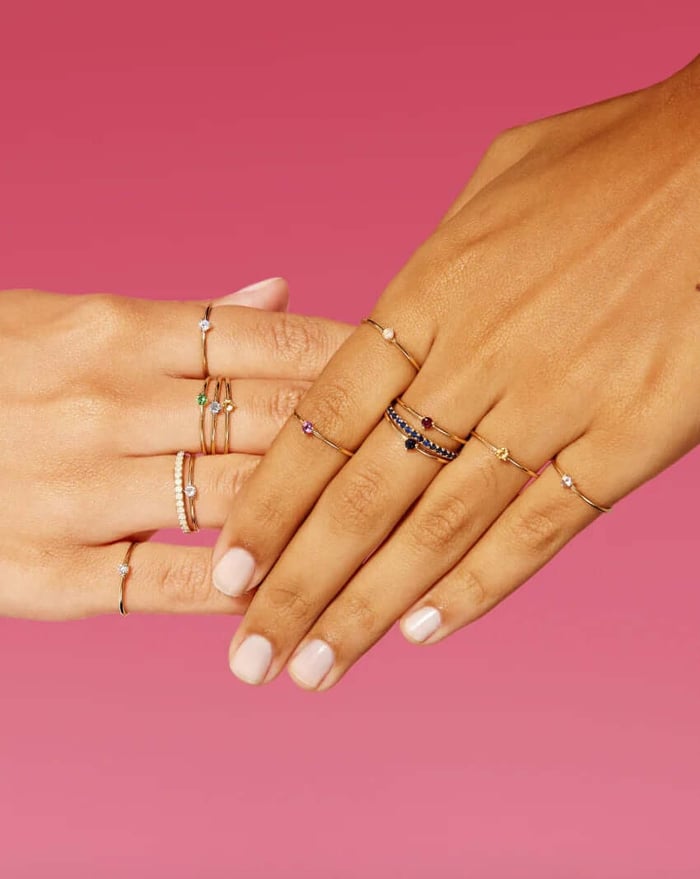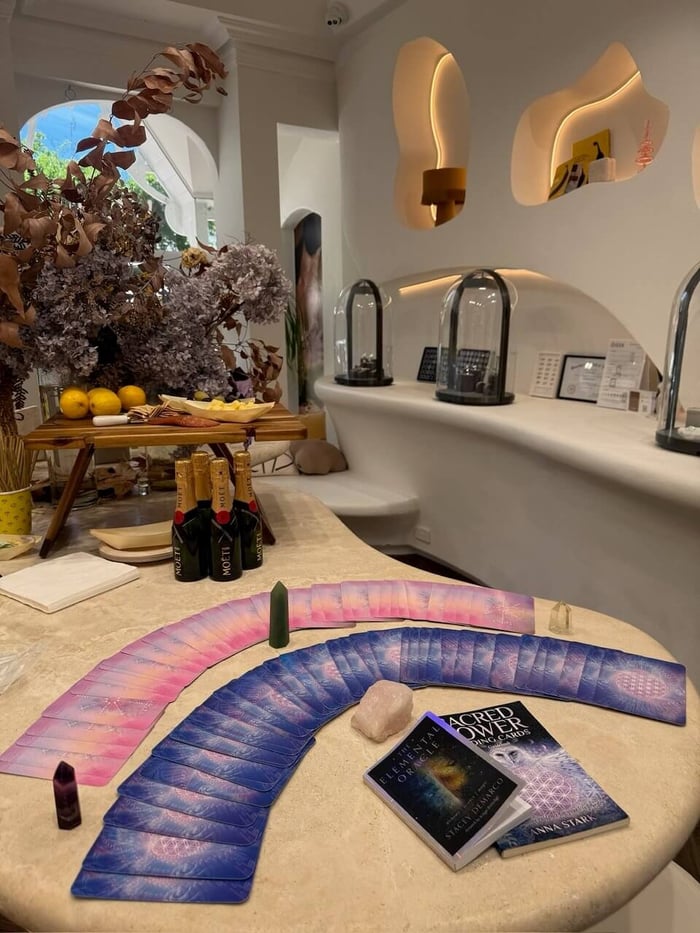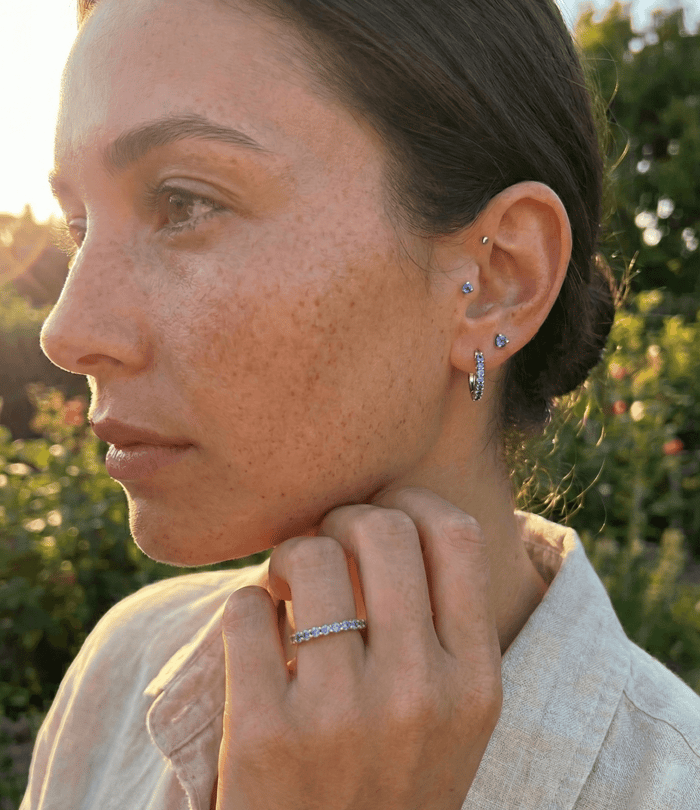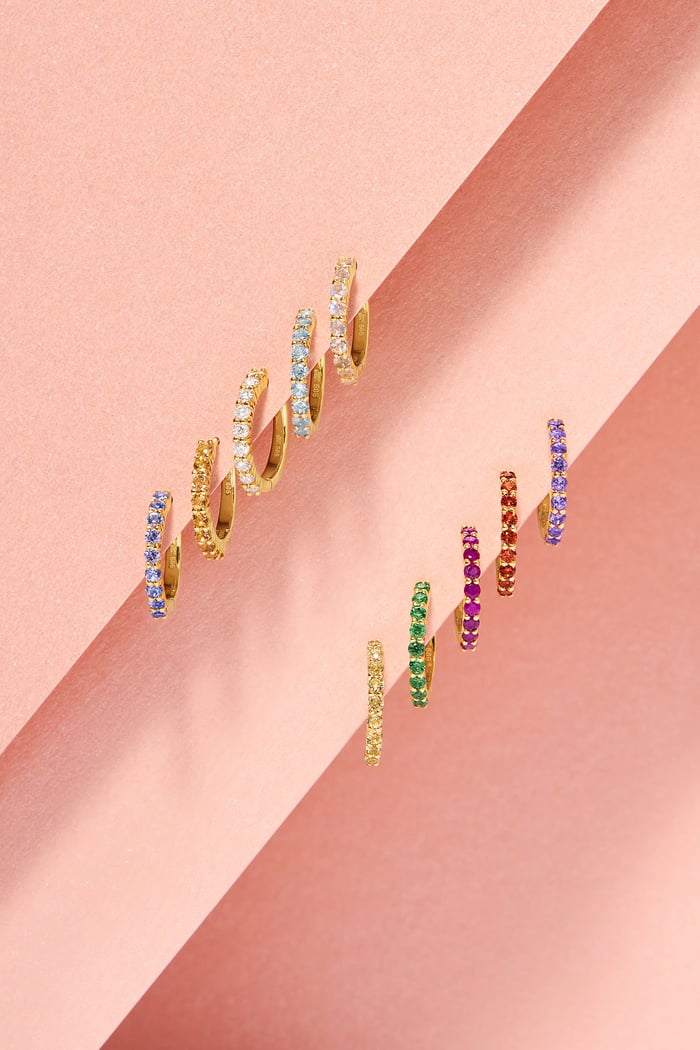Table of Contents
The October birthstone opal is one of the most mystical, vibrant, and emotionally resonant gems in the world, a jewel born of water and whispers. Loved for its shifting hues and spiritual depth, opal has long symbolized creativity, intuition, and transformation. If you’re born in October (or shopping for someone who is), here’s everything you need to know: its rarest varieties, symbolism, care, myths, and how to choose a real one.
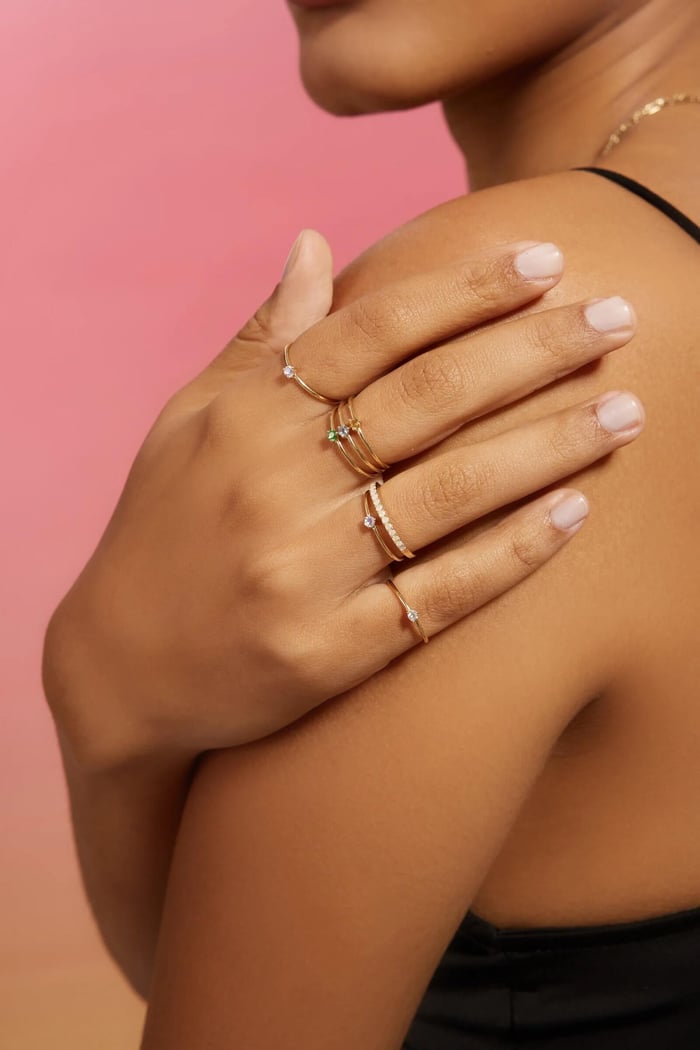
What Is the Rarest Type of Opal?
In the world of precious gemstones, the October birthstone opal holds a special allure and among its many varieties, the black opal is widely considered the rarest and most coveted. Its dark body tone makes its flashes of colour ignite with unmatched brilliance, earning it a reputation as one of nature’s most hypnotic treasures.
Some ultra-rare varieties include volcanic opals (like those from Tintenbar, Australia) and crystal opals formed in unique matrix settings that enhance their natural glow.
Iconic examples of rare opals include:
• The Flame Queen Opal, a legendary black opal often cited as one of the most expensive.
• The Eternal Flame, a 568-carat volcanic opal considered among the world’s rarest.
• The Halley’s Comet Opal, a 982.5-carat gem from Lightning Ridge: the largest known uncut black opal.
So yes, when you encounter a vivid black opal with a strong play-of-colour, you’re looking at one of the rarest and most mesmerising gems within the October birthstone opal family.
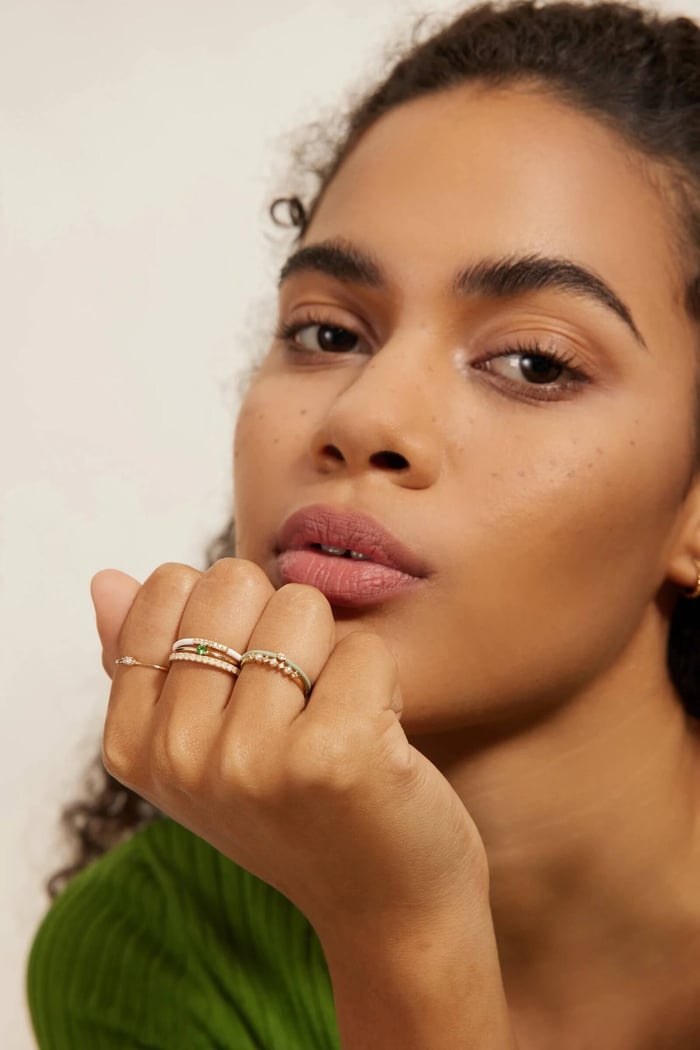
October Birthstone Solitaire Ring

$499.00
Opal’s radiant play of colours shines with joy and hope. This solitaire ring adds a subtle, elegant glow a gentle reminder of the optimism and light you carry into every moment.… read more
What Does Opal Symbolize?
Opal has inspired myths, healing lore, and poetic language across cultures. Some of its key symbolic meanings include:
Emotion & Intuition: Its shifting colours are said to mirror inner emotional states, promoting sensitivity and intuition.
Creativity & Inspiration: Because no two opals look alike, they’re often linked with originality and imaginative expression.
Hope & Balance: Many believe opal strengthens emotional equilibrium, helping one release fears and embrace inner clarity.
Transformation & Spiritual Awakening: The ever-changing play-of-color reflects change, growth, and spiritual unfolding.
As a birthstone, opal invites the wearer to lean into their sensitivity, trust their inner vision, and revel in beauty that moves.
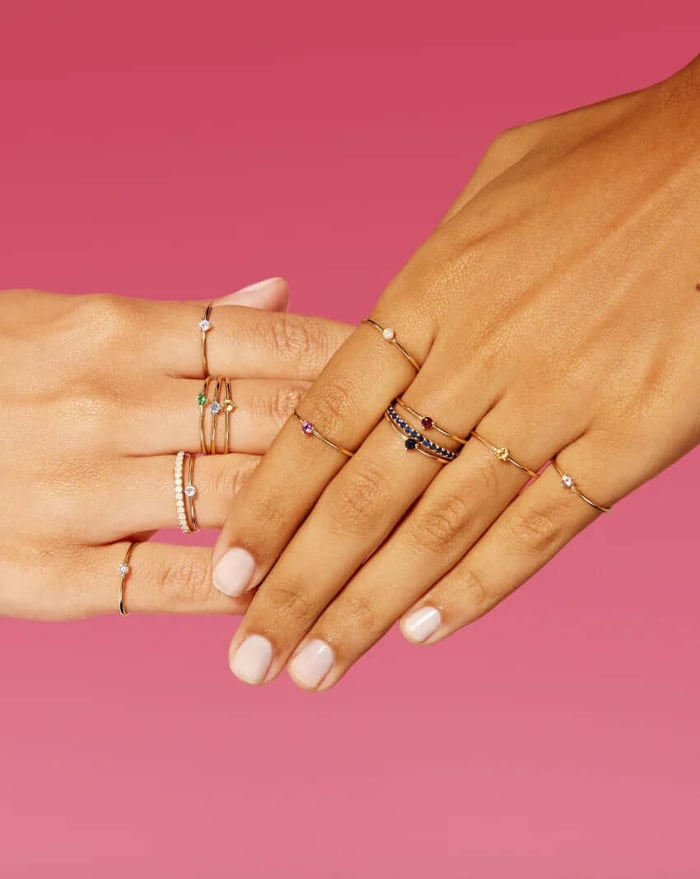
Can You Wear Opal Every Day?
Short answer: Yes, but with care and smart settings.
Here’s what you need to know:
Opals are relatively soft gemstones, rating about 5.5 to 6.5 on the Mohs hardness scale. That makes them more vulnerable to scratching or chipping than sapphires or diamonds.
Opals often contain water (sometimes up to ~20%) in their structure, which means they can be sensitive to heat, dryness, or harsh chemicals.
With a protective setting, such as a bezel or halo design that guards the edges, an opal can survive daily wear more comfortably.
Best for daily wear: earrings, pendants, or rings in low-impact positions (i.e. not on the fingers doing heavy tasks).
Avoid exposing opals to extreme temperature changes, rough knocks, or submerging them in water for long durations.
If you treat your opal gently, remove it before sports, gardening, hot baths, or heavy chores, it can be part of your everyday sparkle.
October Birthstone Stud Earring

$159.00
Opal shimmers with a dance of colours, a bright spark of positivity and inspiration. Light and joyful, it lifts your spirit and shines with warmth, perfect for every creative moment and celebration. If you would like a pair, please add… read more
Who Cannot Wear Opal?
There’s no strict rule that “cannot wear opal”, most limitations come from lifestyle, sensitivity, or symbolic beliefs:
High-impact lifestyles (e.g. manual labor, sports) may risk damaging the gem regularly.
Climate extremes: In very dry or extremely hot/humid climates, opals may suffer cracking. Some wearers in desert regions take extra care.
Those who dislike change: Because opals are so dynamic, some feel their mood “shifts” with the stone, a poetic discomfort for certain temperaments.
Superstition / historical beliefs: In the 19th century, an ill-fated novel caused opals to be seen as unlucky, some still hold that belief.
But generally: if you love its light and treat it kindly, you can wear opal, there's no “forbidden” aura here.
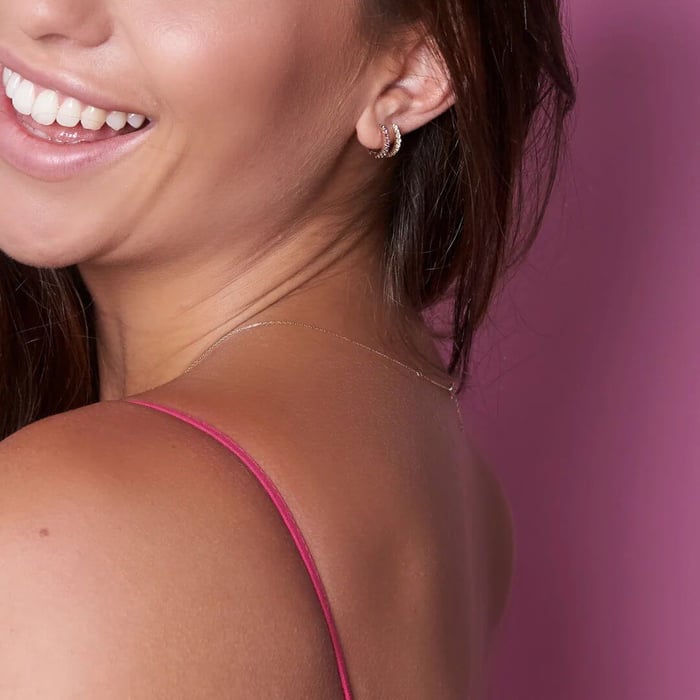
October Birthstone Huggie Earring

$459.00
Opal’s vibrant dance of colours shines with joy and hope. These huggies glow with uplifting energy, a radiant touch that reflects the light and optimism you bring to every moment. If you would like a pair, please add two to… read more
Did the October Birthstone Change?
Historically, opal has long been accepted as the birthstone for October.
Different jewel associations sometimes assign alternate stones too (for instance, tourmaline). These alternatives don’t usually “replace” opal, they just offer options.
So while October may have additional choices, opal remains its signature birthstone.
What Is the Alternative Birthstone for October?
Tourmaline is commonly offered as an alternative to opal for October.
Tourmaline comes in many colors, making it versatile and personal, which is why many modern birthstone charts include it alongside opal.
So if opal isn’t your vibe (or your budget), tourmaline gives you a colorful, robust alternative.
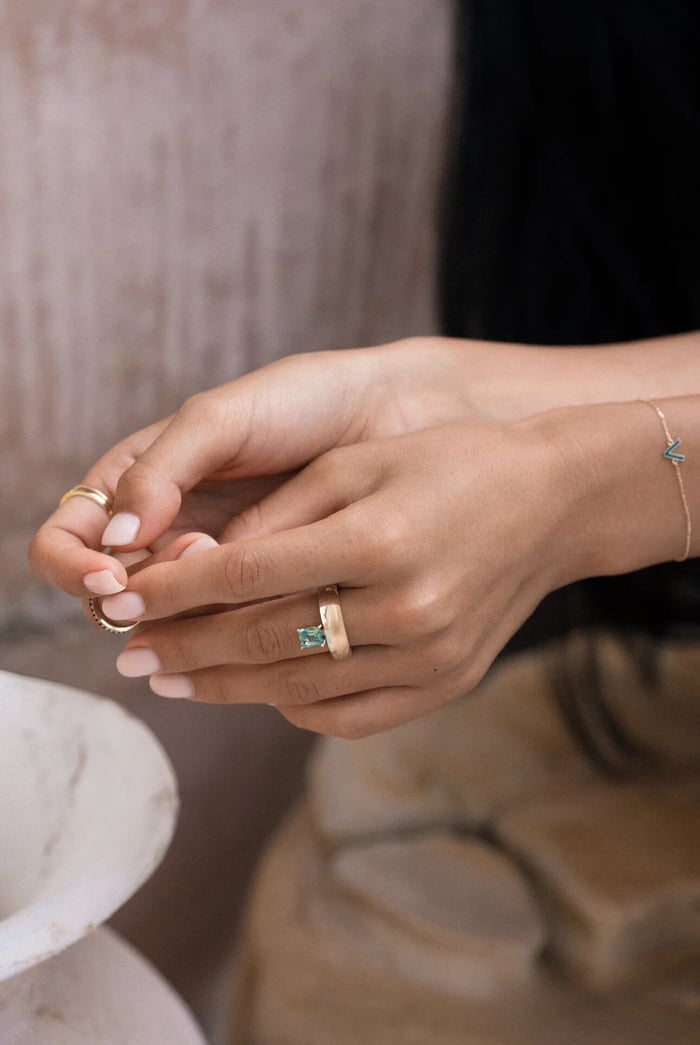
Aurora Enamel Ring

$4,899.00
The Aurora Enamel Ring is a bold celebration of color and elegance. With its rich teal enamel and elongated green tourmaline, this piece captures the allure of the Northern Lights. Perfect for sunset parties or chic city outings, it adds a… read more
Crescent Curve Ring

$2,499.00
The Crescent Curve Ring features a sleek, elegant design, perfect for stacking or wearing solo, it brings refined shine to any moment. … read more
How Can I Tell If an Opal Is Real?
Authenticity is key when it comes to the October birthstone opal, a gem so captivating that it’s often imitated. Here are a few ways to distinguish a genuine opal from a synthetic one:
1. Play-of-colour movement: Real opals shift and dance in colour as you tilt them under light, revealing their natural energy and depth.
2. Surface texture: Under magnification, natural opals show tiny irregularities, inclusions, and organic variations. Synthetic ones often appear too perfect, with “lizard skin” or columnar patterns.
3. Back or side view: A genuine opal may show its host rock (matrix) or “potch” : non-play sections that reveal its natural formation.
4. Weight and feel: True opals have a certain density and coolness to the touch. Fakes often feel lighter or unnaturally smooth.
5. UV fluorescence: Some opals glow faintly under UV light, though this test alone isn’t conclusive.
6. Certification and source: Always request a gemological certificate and purchase your October birthstone opal from reputable jewellers who value authenticity and transparency.
When in doubt, consult a gemologist, verifying your opal ensures you’re investing in a precious stone that carries both energy and elegance for years to come.
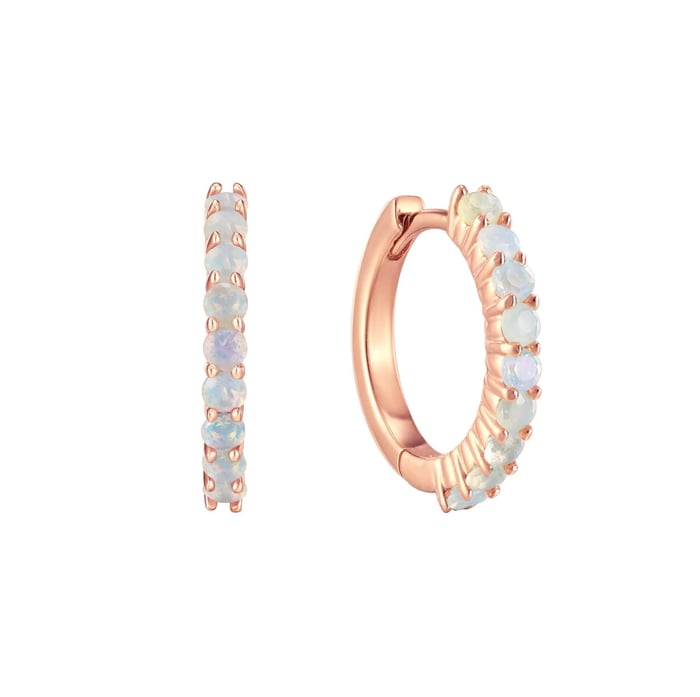
October Birthstone Huggie Earring

$459.00
Opal’s vibrant dance of colours shines with joy and hope. These huggies glow with uplifting energy, a radiant touch that reflects the light and optimism you bring to every moment. If you would like a pair, please add two to… read more
What Color Opal Is Best?
“Best” depends on your priorities, but here’s a guide:
Black opal: Top-tier choice. Dark body tone makes the play-of-color pop vividly.
Crystal opal / transparent opal: Elegant and modern, allows for internal “fire” with clarity.
White opal / milky opal: Softer, dreamy, and more accessible in price.
Fire opal (often orange or red): Beautiful for bold color, though not all fire opals show play-of-color.
Boulder opal: Opal set within its ironstone matrix, strong contrast and durability.
When choosing, prioritize brightness, pattern contrast, and clarity over simply "favorite color." A vivid flash on a clean background tends to command value.
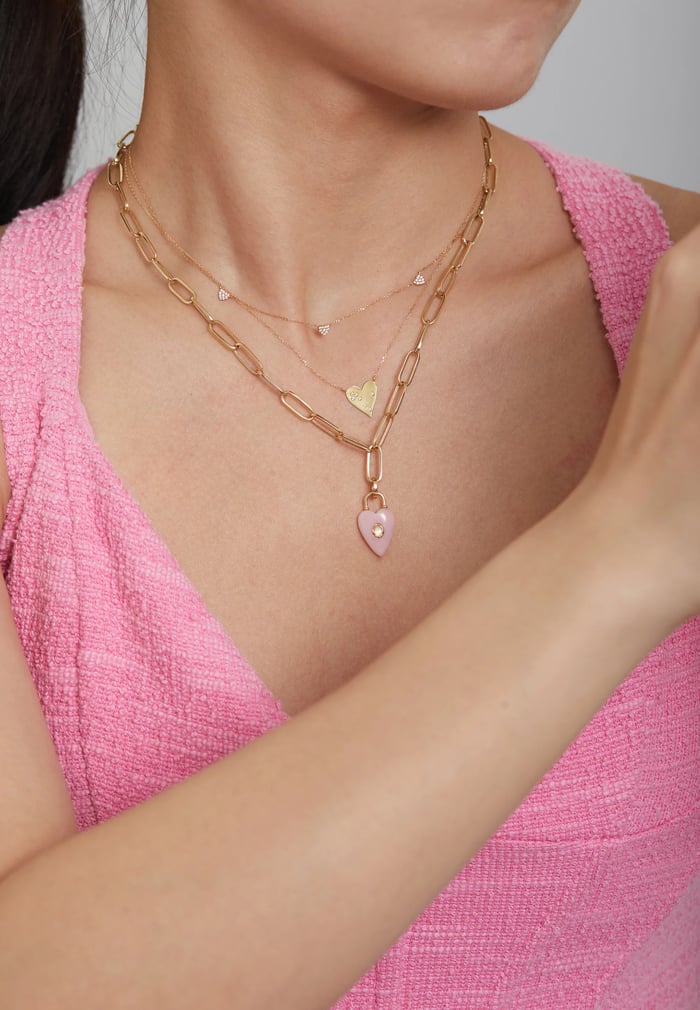
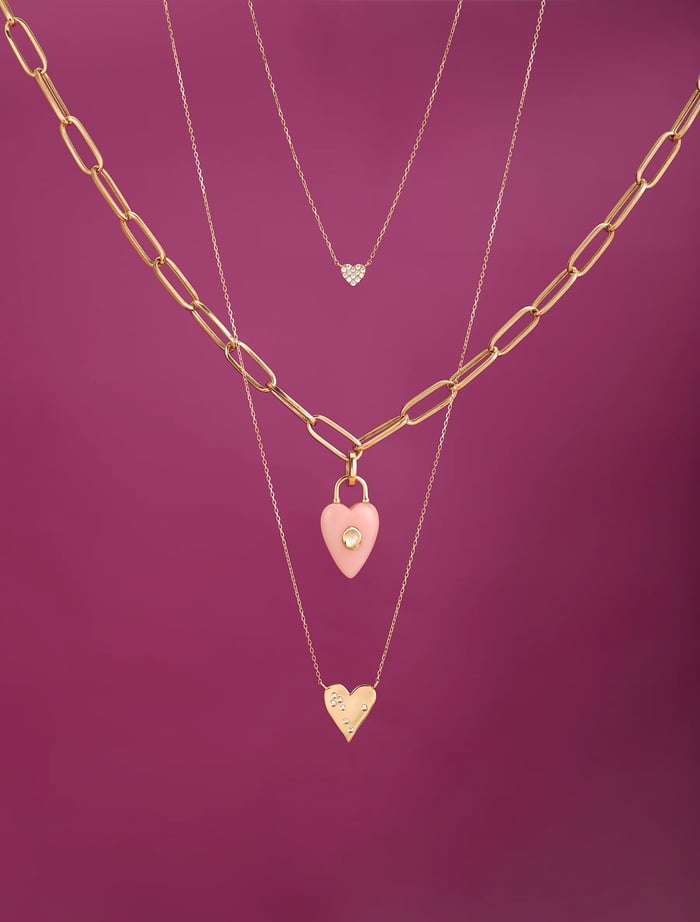
Can Opals Go in Water?
Be cautious, opals and water can be a delicate pairing:
Many opals are hydrophane, meaning they can absorb water, swell slightly, then dry and shrink. This can lead to internal stress and micro-cracking.
Soaking or submerging opals in water, especially for long periods, is risky.
That said, regular ambient humidity (like from your skin or the air) is often enough for opals to maintain their “hydration” in many climates.
Always remove opal jewellery before swimming, bathing, washing dishes, or in saunas.
Use only mild soap and a damp cloth when cleaning; never ultrasonic cleaners or harsh chemicals.
In short: opals can touch water briefly, but avoid immersion and extremes. Gentle care keeps them safe.
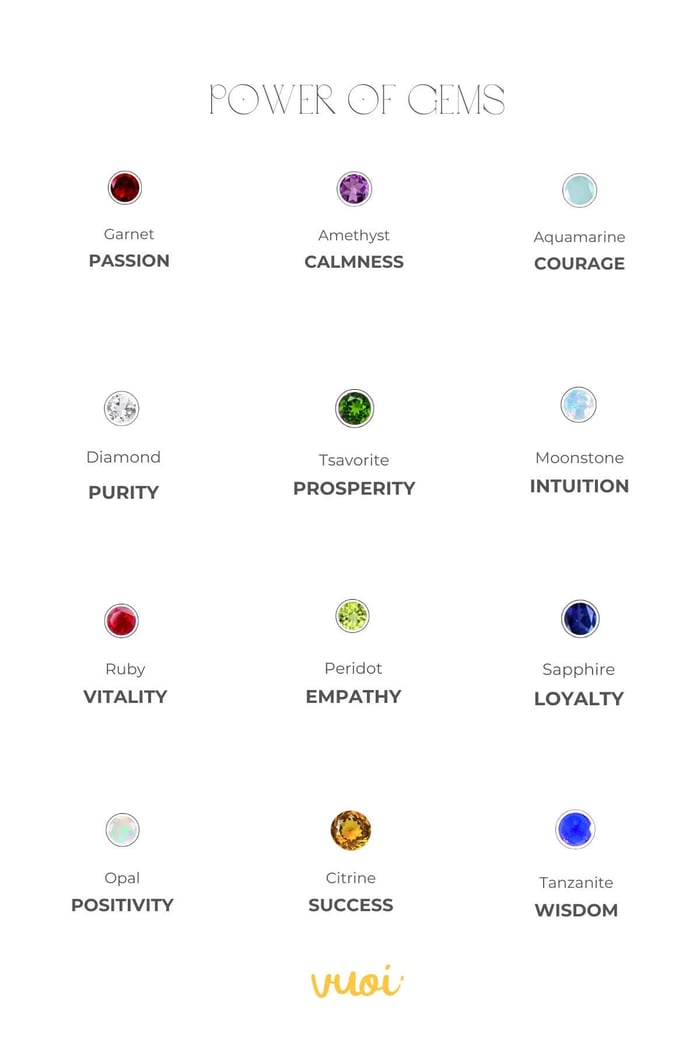
Closing Thoughts & Tips
What to remember: Black opal is the crown jewel, rare, intense, and deeply symbolic. But every opal walks its own path of color and character.
Wear with intention: Let your opal connect you to your inner self; treat it like a living painting.
Care is love: With gentle settings, thoughtful use, and mindful cleaning, your opal can shine for generations.
Pair with meaning: If opal feels intense, tourmaline is a beautifully complementary October alternative.
FAQs
What is the meaning of the October birthstone, opal?
Opal is known as the stone of inspiration and emotional balance. It symbolizes creativity, hope, love, and transformation. With its shifting play-of-colour, opal is said to mirror the soul — encouraging self-expression and deeper intuition.
What is the rarest type of opal?
The black opal is the rarest and most valuable variety. Found mainly in Lightning Ridge, Australia, its dark background makes its fiery flashes of red, green, and blue especially vivid.
Can you wear opal every day?
Yes, with care. Opal is slightly softer than other gemstones, so it’s best to wear it in protected settings such as pendants or earrings. Avoid exposure to extreme heat, chemicals, or rough surfaces to preserve its shine and structure.
Who should avoid wearing opal?
There’s no strict rule, but opal requires gentle handling. Those with very active lifestyles or jobs involving heavy manual work may prefer to wear it occasionally to prevent scratches or chips.
Did the October birthstone change?
Opal remains the traditional October birthstone, but modern charts have introduced tourmaline as an alternative. Both stones celebrate creativity and emotional healing — making October’s energy especially dynamic.
What is the alternative birthstone for October?
Tourmaline is the modern alternative to opal. It comes in a rainbow of colours — from pink and green to deep watermelon shades — and is beloved for its durability and vibrant beauty.
Is opal an expensive stone?
Opal prices vary widely. White and milky opals are more affordable, while black opals and crystal opals can be very valuable due to their rarity and colour brilliance.
How can I tell if an opal is real?
A real opal displays a unique, fluid play-of-colour that shifts as the gem moves in light. Synthetic opals often look overly uniform or patterned. For certainty, ask for a gemological certificate or buy from trusted jewellers like Vuoi.
What colour opal is considered the best?
Black opals are the most prized for their striking contrast, but beauty is subjective. Many adore white or crystal opals for their dreamy, ethereal glow.
Can opals go in water?
It’s best to avoid soaking opals in water. Because some opals are porous, they may absorb moisture and risk cracking as they dry. Instead, clean gently with a soft cloth and mild soap.
